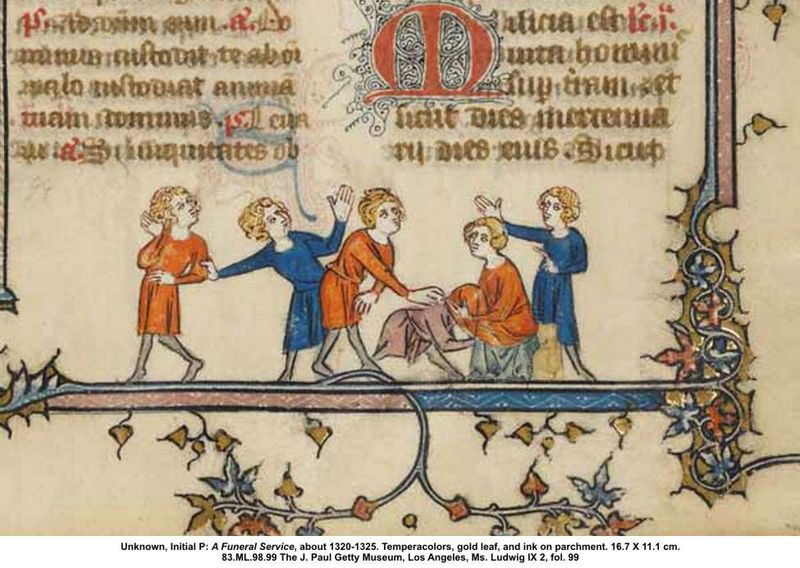

Additional Essays by Department of Medieval Art and The Cloistersĭepartment of Medieval Art and The Cloisters. Stained Glass: From Its Origins to the Present. New York: Harvey Miller Publishers and Metropolitan Museum of Art for American Corpus Vitrearum, Inc., 2003. English and French Medieval Stained Glass in the Collection of the Metropolitan Museum of Art. (October 2001) Further Readingīrown, Sarah, and David O'Connor. New York: The Metropolitan Museum of Art, 2000–. “Stained Glass in Medieval Europe.” In Heilbrunn Timeline of Art History.

The entire composition is then stabilized with an iron frame (armature) and mounted in the window.ĭepartment of Medieval Art and The Cloisters. When a panel is completed, putty is inserted between the glass and the lead cames for waterproofing. These cames are soldered to one another so that the panel is secure. To assemble the window, pieces of colored and painted glass are laid out on the design board, with the edges of each piece fitted into H-shaped strips of lead (cames). If fine details such as shadows or outlines are required, the artist paints them on the glass with black paint. A window’s pictorial image is created by arranging the different pieces of colored glass over the design drawn on a piece of board. Molten glass can be blown into a sausage shape, then slit on the side before being flattened into a sheet it can also be spun with a pontil iron into a round sheet (crown).

To color the glass, certain powdered metals are added to the mixture while the glass is still molten. The mixture is melted into liquid which, when cooled, becomes glass. The basic ingredients for making glass are sand and wood ash (potash).
#Medieval manuscript art storytelling windows
An artist and metalworker himself, Theophilus described in his text, On Diverse Arts, how he carefully studied glaziers and glass painters at work in order to provide detailed directions for creating windows of “inestimable beauty.” Most of what is known about medieval stained-glass making comes from a twelfth-century German monk who called himself Theophilus. In Europe, the art of stained glass reached its height between 11, when magnificent windows were created for great cathedrals. Stained-glass windows have been admired for their utility and beauty since ancient Rome, when pieces of colored glass were assembled into patterned window frames.


 0 kommentar(er)
0 kommentar(er)
